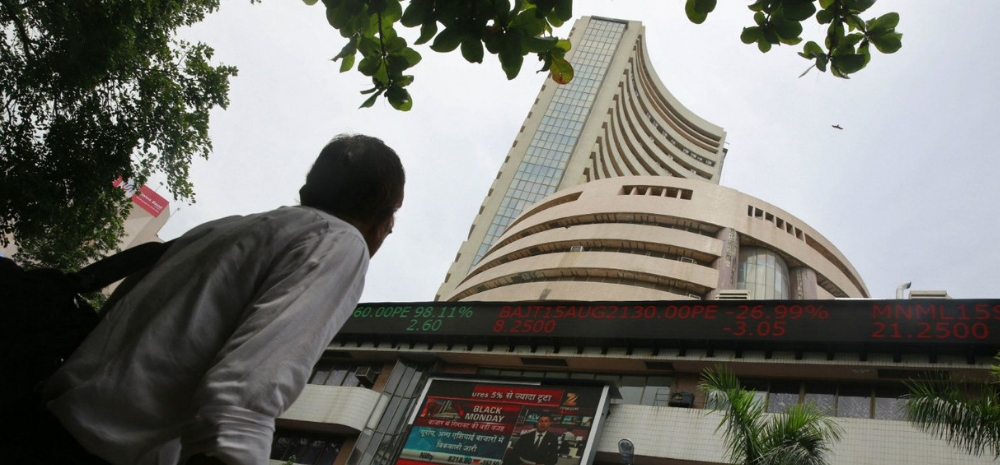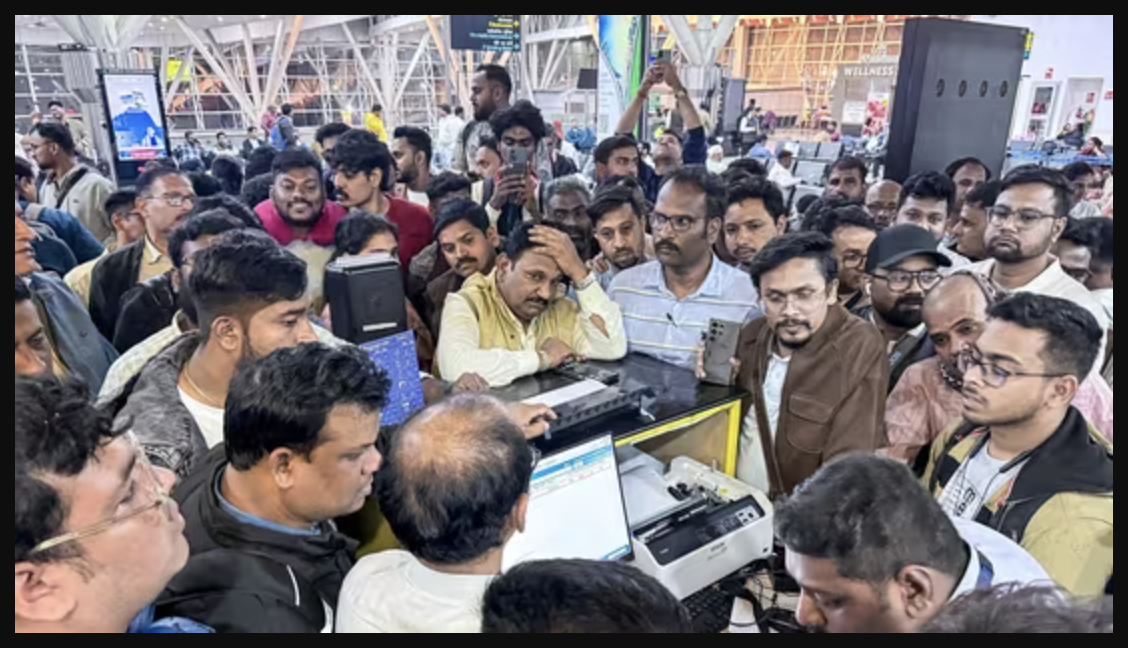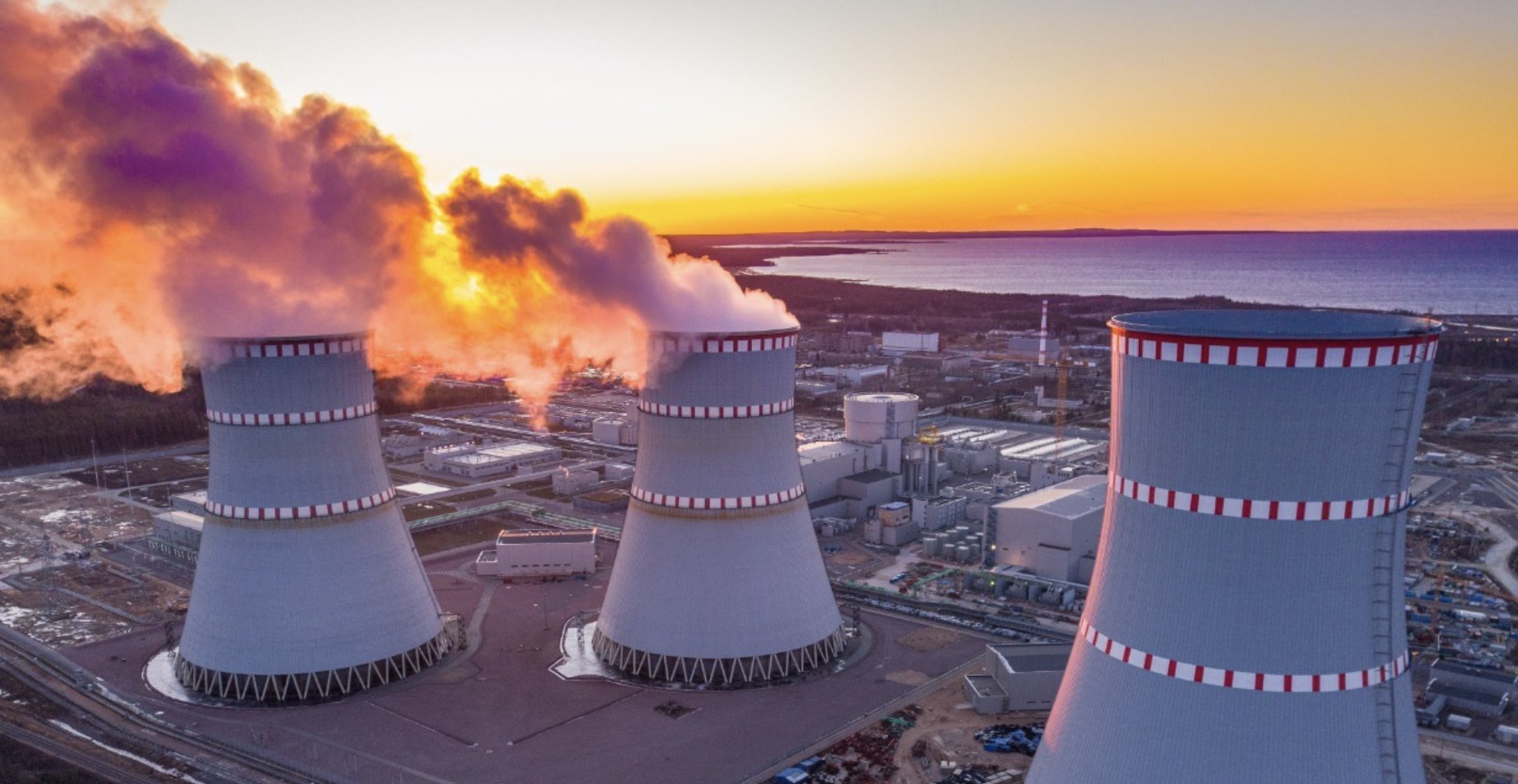On June 13, India witnessed its first six-digit stock with Madras Rubber Factory (MRF) crossing the milestone of Rs 1 lakh.

However, investing Rs 1 lakh in a single stock like MRF may seem expensive to retail investors. The stock has thin trading volumes, with an average traded volume of about 9,000 shares over the past month.
On June 13, around 12,000 shares were traded, pushing the stock up by 1 percent to reach Rs 100,000.
MRF Share Crosses Rs 1 Lakh Milestone
Usually, companies announce stock splits to make their shares more attractive and affordable to retail investors. However, MRF has never split its shares to date. While the company offered bonus shares in 1970 and 1975, there have been no splits or bonus issuances since then.
MRF’s history dates back to 1946 when K. M. Mammen Mappillai started it as a toy balloon manufacturing unit. Over the years, MRF ventured into tread rubber manufacturing and became the market leader in India by 1956. The company went public in 1961 and has consistently grown since then.
MRF’s sales have compounded at 9-10 percent over the past decade, while the stock has compounded at 22 percent per year. The number of outstanding shares remaining the same and the business growing over time has contributed to the stock’s upward trajectory.
MRF Trades at 1.8x Its trailing 12-Month Sales
In terms of valuation, MRF may appear expensive compared to its peers based on the price-to-earnings (PE) ratio. However, when considering market cap-to-sales, MRF trades at 1.8x its trailing 12-month sales, which is lower than its peers. The company’s revenue share remains intact among peers, indicating its resilience to slowdowns in specific segments.
Analysts expect MRF to sustain its margin profile and benefit from easing crude oil and rubber prices. The company’s cost reduction initiatives and anticipated recovery in replacement and original equipment manufacturer (OEM) demand are positive factors. Future growth prospects are projected to lead to improved return ratios and return on capital employed (ROCE).
From a technical perspective, the stock’s chart shows a classical flag formation, suggesting the likelihood of continued upward momentum with a potential target of around Rs 1,10,000.
Ultimately, the price tag of a stock alone does not determine its cheapness or expensiveness. Factors such as earnings, growth prospects, and future performance should be considered. As with MRF, its high price is justified by its strong earnings and growth prospects.












